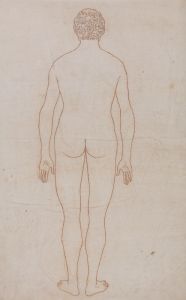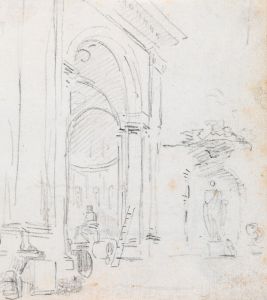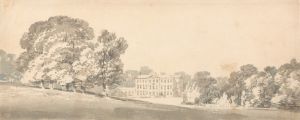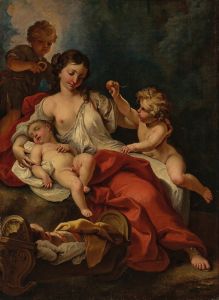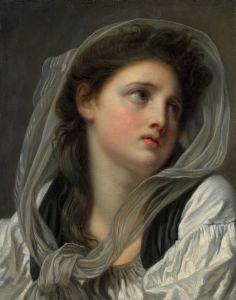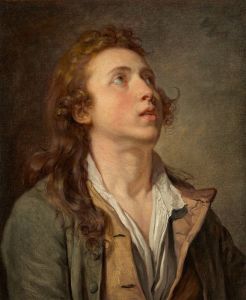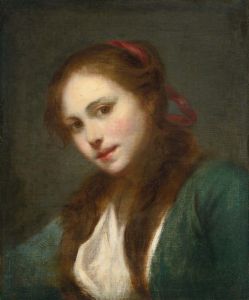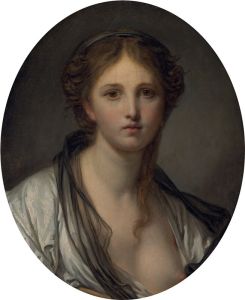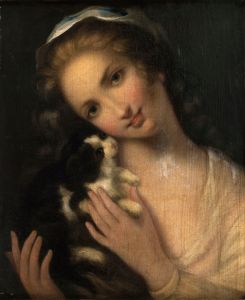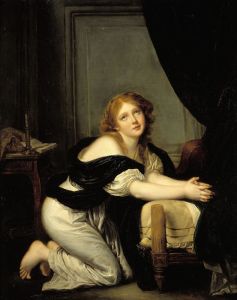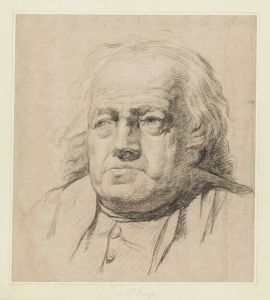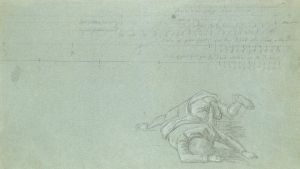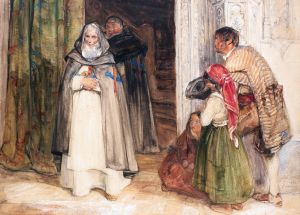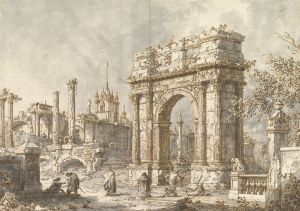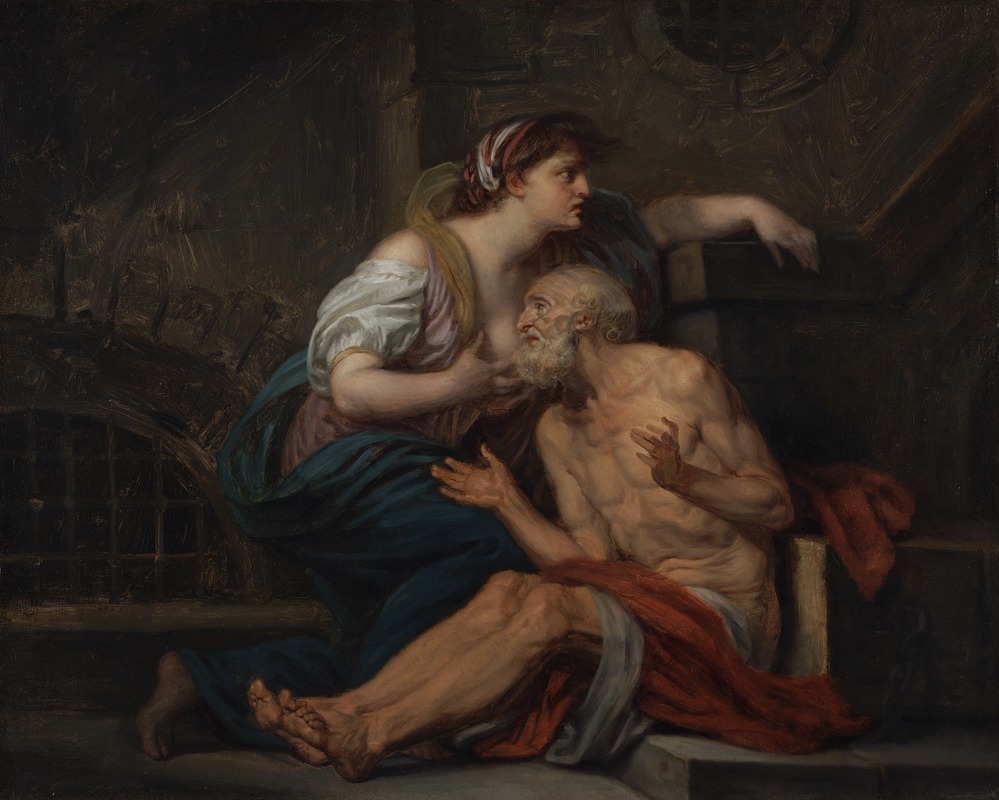
Cimon and Pero; ‘Roman Charity’
A hand-painted replica of Jean-Baptiste Greuze’s masterpiece Cimon and Pero; ‘Roman Charity’, meticulously crafted by professional artists to capture the true essence of the original. Each piece is created with museum-quality canvas and rare mineral pigments, carefully painted by experienced artists with delicate brushstrokes and rich, layered colors to perfectly recreate the texture of the original artwork. Unlike machine-printed reproductions, this hand-painted version brings the painting to life, infused with the artist’s emotions and skill in every stroke. Whether for personal collection or home decoration, it instantly elevates the artistic atmosphere of any space.
Jean-Baptiste Greuze's painting "Cimon and Pero," also known as "Roman Charity," is a notable work that draws upon a story from ancient Roman history. The painting depicts the tale of Cimon and Pero, a narrative that has been a popular subject in art due to its themes of filial piety and selflessness.
The story originates from the writings of the Roman historian Valerius Maximus, who included it in his collection of memorable deeds and sayings. According to the legend, Cimon, an elderly man, is imprisoned and sentenced to death by starvation. His daughter, Pero, visits him in prison and, moved by compassion and filial duty, secretly breastfeeds him to keep him alive. The act of Pero nursing her father is discovered, but instead of punishment, it leads to Cimon's pardon due to the profound demonstration of filial devotion.
Greuze's interpretation of this story is characteristic of his style, which often focused on moral and emotional themes. The painting captures the intimate and tender moment between father and daughter, emphasizing the emotional depth and humanity of the scene. Greuze was known for his ability to convey emotion through facial expressions and body language, and "Cimon and Pero" is a testament to this skill. The painting likely dates to the latter half of the 18th century, a period when Greuze was at the height of his career.
Jean-Baptiste Greuze (1725–1805) was a French painter associated with the Rococo movement, although his work often contained elements that foreshadowed the Neoclassical style. He was renowned for his genre paintings and portraits, which frequently depicted scenes of domestic life imbued with moral lessons. Greuze's works were popular among the French bourgeoisie, who appreciated the sentimental and moralistic qualities of his art.
"Cimon and Pero" fits within the broader context of Greuze's oeuvre, which often explored themes of virtue, morality, and the complexities of human relationships. The painting's focus on a historical and moralistic subject aligns with the Enlightenment ideals of the time, which emphasized reason, virtue, and the importance of moral education.
While specific details about the provenance and current location of "Cimon and Pero" by Greuze are not widely documented, the painting remains an important example of 18th-century French art. It reflects the period's interest in classical themes and the moral narratives that were popular among artists and patrons alike.
In summary, Jean-Baptiste Greuze's "Cimon and Pero" is a significant work that illustrates the artist's skill in portraying emotional and moral themes. The painting's depiction of the Roman Charity story highlights the enduring appeal of classical narratives and their capacity to convey universal values of compassion and filial devotion.





